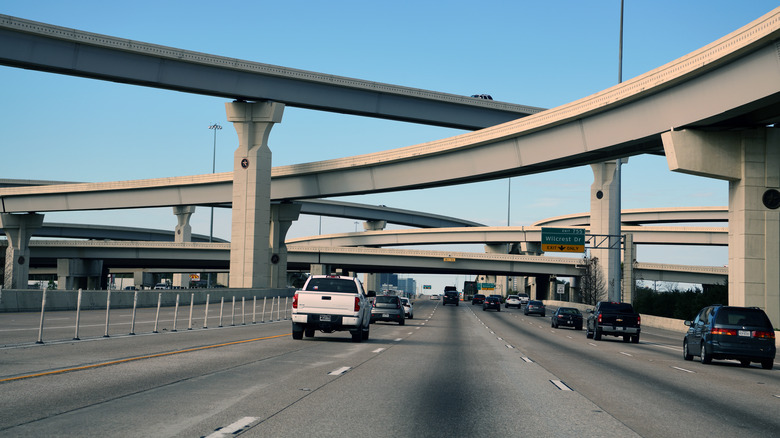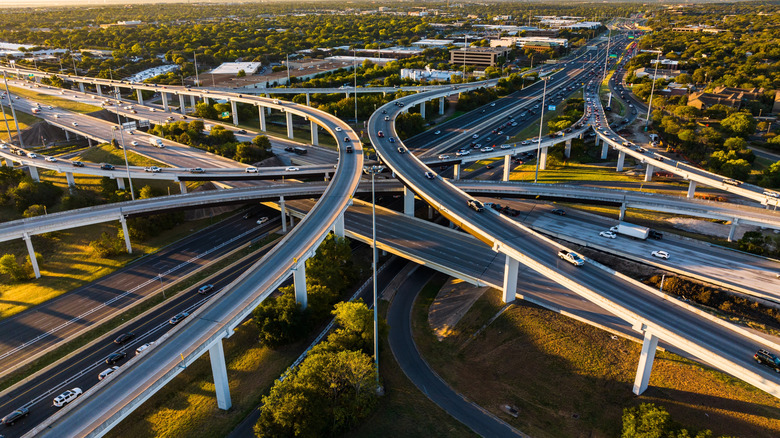Why Does Texas Have Such High Overpasses?
Texas roads are known for doing things differently — whether it's the unique horizontal traffic lights or the impossibly tall highway overpasses. Drive through cities like Dallas, Houston, or Fort Worth, and you'll see roadways stacked so high that they put landmarks like the Statue of Liberty to shame. Take Dallas's High Five interchange, for instance. It towers at 140 feet and includes 43 bridges, supported by more than 700 columns. So, why the sky-high design? The answer lies in how Texas tackles traffic congestion with unique road engineering.
Instead of stoplights and bottlenecks, Texas opts for multi-level interchanges that keep traffic moving smoothly without interruption. These tall, stacked structures are built to handle millions of daily vehicles efficiently. Frontage roads — local streets that run parallel to highways — also add to the height. Every time one crosses a freeway, another level is needed, resulting in five-level overpasses being more common here than anywhere else. San Antonio's I-10, Loop 1604 interchange, part of a $463 million expansion, is one such towering example, reaching about 123 feet.
Why do Texas overpasses reach such heights?
One key reason for their height is the use of stacked interchanges, which separate every traffic direction vertically. Unlike a diamond interchange, where surface roads intersect with ramps controlled by lights or signs, or the older cloverleaf design, where tight, curved ramps force cars to weave across lanes, stack interchanges eliminate crossing paths entirely. These complex, high-flying designs help avoid confusing traffic signs and momentum-killing stoplights, reducing the risk of collisions at busy junctions. The typical five-level setup includes: the main freeway, the crossing freeway, two flyover ramps for turning traffic, and a level for frontage roads.
These Texas stacks are as practical as they are visually impressive. Each level needs about 25 feet of clearance, so a five-level design can easily exceed 120 feet. And while six-level designs are extremely rare, they do exist in places like Dallas and Lewisville, though most current projects, like San Antonio's, remain at five levels. These tall designs allow high-speed, uninterrupted movement in all directions, which is crucial for metro areas that handle upwards of half a million vehicles per day.
Engineering meets Texas-style road culture
The flyover ramps on these tall interchanges feature wide, elevated curves that are slightly banked inward, a technique called superelevation, so drivers can maintain higher speeds safely. With each level requiring vertical space, the overall height stacks up fast. This replaces the outdated cloverleaf model, which created weaving conflicts and frequent slowdowns. The new designs prioritize speed and safety by keeping traffic flows separate and efficient.
However, all this comes with a hefty price tag. Texas is spending billions to expand and improve its highway system, with projects like San Antonio's $463 million Clear Lanes initiative adding multiple new flyovers. The state's huge size and sprawling, car-dependent cities demand big infrastructure investments. While people might argue that these towering overpasses reflect a focus on cars over public transit and pedestrians, they undeniably keep Texas moving, proving to be a great planned solution to one of the nation's biggest traffic challenges.


